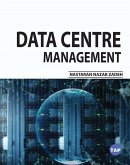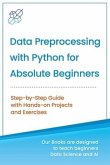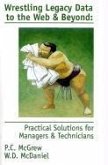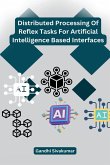Generating accurate and actionable knowledge from a huge amount of data is a real challenge. Data mining has emerged as a research direction to meet this challenge. World Wide Web is the repository of all kinds of data that people from various fields, with varying interests and having variant levels of expertise depend for their day to day activities. Making the Web respond to its users intelligently, providing them with most relevant and accurate data in minimum time is a real challenge. The unstructured, uncontrolled, dynamic, ever-changing nature of Web Data makes the task more complex. Web Intelligence (WI) has been recognized as a vital field for scientific research. Web Data Mining is a process that discovers the intrinsic relationships among Web Data, which are expressed in the forms of textual, linkage or usage information, via analyzing the features of the Web and web-based data using data mining techniques. Techniques like Web Recommendation, Web Caching, and Web Personalization are used for improving the web surfing experience of user. Efficient mining of Web Access Patterns is crucial in all the techniques used for making the Web more intelligent. Thus, Web Access Pattern Mining is a thrust area of research. Sequential pattern mining that mines frequent patterns from sequence data can be adapted to mine web access patterns. In this work an in-depth study of Sequential Pattern Mining is carried out. Various approaches to Sequential Pattern Mining are discussed in detail. Theoretical background of Web Access Pattern Mining is also discussed. Web Access Pattern Tree (WAP-Tree) and the WAP-Tree based mining algorithm WAP-Mine proposed by Pei et al. is an important contribution in the field of Web Access Pattern Mining. WAP-Tree holds the Access Sequences compactly and facilitates the efficient counting of support. WAP-Mine algorithm was proved to outperform the earlier apriori based Access Pattern Mining algorithms. Many proposals are put forward by the researchers to improve the performance of WAP-Mine in terms of time and space.








